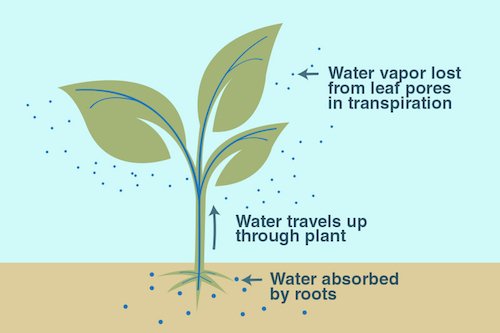
How are water and mineral transported in plants?
We all know the plant needs water and mineral for their growth. For this, we irrigate plant and put manure to it. How these elements gets absorbed by the plant? For this, there are two theories.
- a. Root pressure Theory: It says roots absorb mineral ions like potassium and phosphorus and potassium actively from the soil. This process requires energy. It results in a higher concentration of minerals in the root. Now Due to the concentration gradient water moves into the root passively and pressure develops in the root. This pressure pushes water and minerals upward to the various parts of the body.
- b. Pull theory: Root pressure theory does not suffice the water and mineral transport in big trees as the pressure is not sufficient. So, scientists proposed a new approach. We call this pull theory. This theory says that gaseous exchange at the stomatal cells creates a pulling pressure due to which mineral along with water moves upward and reaches the leaves.
Scientist suggests that both theories work in the plant. In day transpirational pull theory dominates while in night push predominate.
Next: How is food transported in plants?
See also: Components of the transport system in a plant.
Why is it necessary to separate oxygenated and deoxygenated blood in mammals and birds?